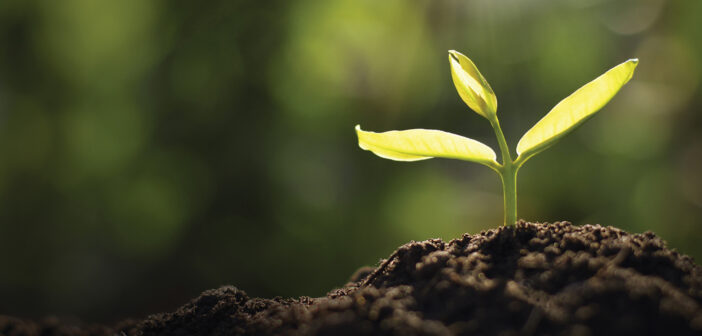Spring is in the air. The sun is shining, the birds are singing, people are venturing outdoors and flowers are blooming. For humans, it’s easy to know when spring has arrived. We feel the warm temperatures, we hear the birds, smell the flowers and see the changes all around us and it must be much the same for most animals. But, what of the plants? How do they know when it is time to emerge from the earth and bloom? What external or internal cues let them know when spring has arrived?
For plants, the two most important indicators of spring are the amount of daylight and the temperature. This explanation represents a simple version of a process both intricate and complicated at the cellular level that is still being studied by scientists around the globe.
The whole process begins in fall when the day becomes shorter and temperatures begin to drop. Through small receptors called phytochromes, plants detect a drop in the amount of daylight and begin the transition to a dormant winter life. Energy is taken in, converted to food and stored below ground in what is known as the bulb of the plant. Temperature and light cues work hand in hand but, as of this writing, scientists have yet to identify how plants detect temperature. When the bulb reaches its food saturation point for the hibernation period, the leaves and stalks of the plant above ground are abandoned and left to wither.
The next step seems counter-intuitive to standard thinking. We all know that plants need warmth and light to grow, but the start-up process for spring doesn’t depend on the amount of warmth but the length of time the bulb has spent in the cold. Each plant has an amount of time that must be spent in its “chill period” which ranges between 16 and 20 weeks. (Plants hold most of this information genetically with a few other factors such as hormone levels playing a role.) Once a significant amount of time in a chilled temperature has passed, the plant begins to ready processes for its re-emergence into the sun. The plant grows roots and creates a stalk that it sends upward toward daylight. As the temperature continues to rise, so does the plant until it bursts through into the light to greet us as we emerge from our homes post-winter. Then, through phytochromes, the plant flowers at the best time for its survival and reproduction. (Some plants are set to flower in lower light levels and even moonlight.)
So, as you walk into the warmth of the sun in spring, take a moment to acknowledge the flowers and plants that greet us. This world is amazing and as humans, we should all take a moment or two to marvel at the intricacy and beauty of it all.















